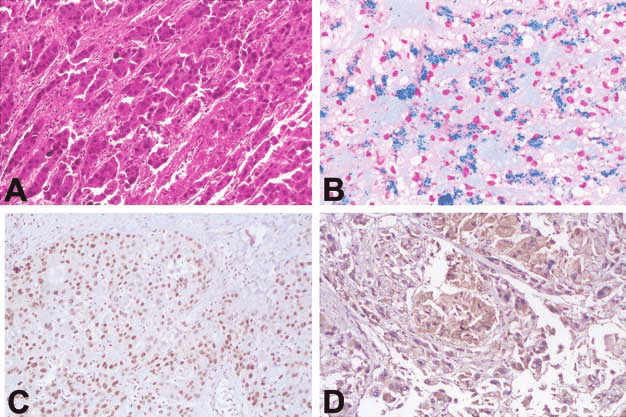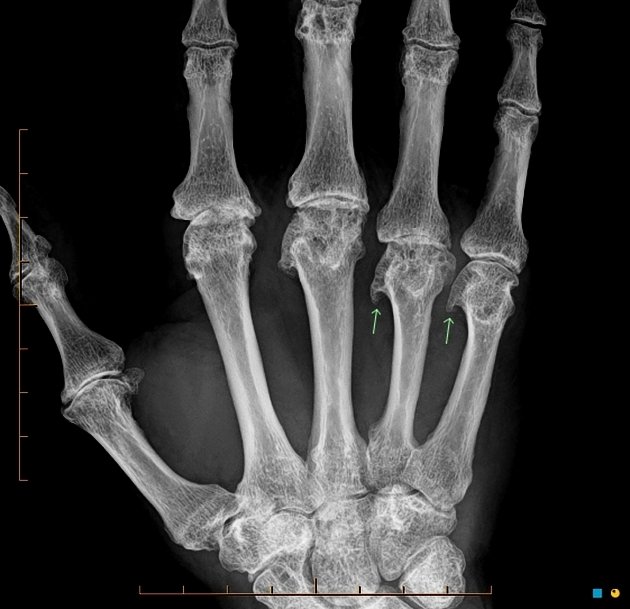Hemochromatosis
Content of This Page
1- Introduction
2- Causes
3- Symptoms
4- Stages of The Disease
5- Treatment
6- What Should You Avoid
Introduction
Hemochromatosis is a condition where the body absorbs and stores too much iron from food. This excess iron builds up in organs like the liver, heart, and pancreas, which can lead to damage over time. It can be caused by genetic factors or, less commonly, by other conditions or excessive iron intake. Symptoms can include joint pain, fatigue, and diabetes. Treatment typically involves regular blood removal (phlebotomy) to lower iron levels.

Causes
Genetic Factors:
- Primary Hemochromatosis: Often due to mutations in the HFE gene, leading to excessive iron absorption.
Secondary Hemochromatosis:
- Chronic Blood Transfusions: Frequent transfusions, often for conditions like thalassemia or anemia, can lead to iron overload.
- Certain Diseases: Conditions like chronic liver disease or sideroblastic anemia can cause excessive iron accumulation.
- Excessive Iron Intake: Rarely, very high dietary iron intake or excessive iron supplementation can contribute to iron overload.
Inherited Syndromes:
- Other Genetic Disorders: Conditions like ferroportin disease or transferrin receptor 2 deficiency can also lead to iron overload.
Symptoms
- Joint Pain
- Fatigue
- Diabetes
- Abdominal Pain
- Liver Disease: Such as hepatomegaly (enlarged liver) or cirrhosis.
- Heart Problems: Including arrhythmias or cardiomyopathy.
- Skin Changes: Such as a bronze or grayish discoloration.
- Weakness
- Loss of Libido
- Mood Changes: Depression or irritability.

Stages of The Disease
Early Stage:
- Asymptomatic: Many individuals may not experience symptoms, and the condition may be detected through routine blood tests.
Pre-Clinical Stage:
- Initial Symptoms: Mild symptoms such as fatigue, joint pain, or abdominal discomfort might appear.
- Iron Overload: Elevated iron levels in the blood and tissues are present but without significant organ damage.
Clinical Stage:
- Organ Damage: Symptoms become more apparent and may include:
- Liver Damage: Hepatomegaly, liver fibrosis, or cirrhosis.
- Diabetes: Often referred to as “diabetes mellitus” or “bronze diabetes” due to skin discoloration.
- Cardiac Issues: Arrhythmias or cardiomyopathy.
- Joint Issues: Arthritis or joint pain.
- Skin Changes: Bronze or grayish discoloration.
- Organ Damage: Symptoms become more apparent and may include:
Advanced Stage:
- Severe Organ Damage: Significant damage to the liver (cirrhosis or liver cancer), heart (severe cardiomyopathy), and pancreas (diabetes complications).
- Systemic Effects: Potential complications include arthritis, hypothyroidism, and hormonal imbalances.
Treatment
Phlebotomy:
- Regular Blood Removal: The primary treatment, involves drawing blood to reduce iron levels. This is typically done weekly or biweekly until iron levels normalize, then less frequently for maintenance.
Chelation Therapy:
- Iron-Binding Medications: Used in cases where phlebotomy is not possible or as an adjunct treatment. These medications help remove excess iron from the body.
Dietary Changes:
- Low-Iron Diet: Avoiding iron-rich foods and vitamin C supplements, which enhance iron absorption, can help manage iron levels.
- Avoiding Alcohol: Reduces the risk of liver damage.
Managing Complications:
- Treating Organ Damage: Managing conditions like liver disease, diabetes, and heart problems that may result from iron overload.
Regular Monitoring:
- Blood Tests: Frequent monitoring of iron levels and organ function to adjust treatment as needed.
Genetic Counseling:
- Family Screening: Since hemochromatosis can be hereditary, family members may be advised to get tested.
What Should You Avoid
Iron-Rich Foods:
- Red meat, liver, and other high-iron foods.
Vitamin C Supplements:
- Vitamin C enhances iron absorption, so avoid supplements or foods high in vitamin C with meals.
Alcohol:
- Excessive alcohol can worsen liver damage.
Iron Supplements:
- Avoid iron-containing supplements unless prescribed by a doctor.
Raw Shellfish:
- Raw shellfish can pose an infection risk, especially if liver function is compromised.
Excessive Iron Fortified Foods:
- Avoid foods that are fortified with iron.
Certain Cooking Utensils:
- Avoid cooking in cast iron pots and pans, which can add extra iron to your food.